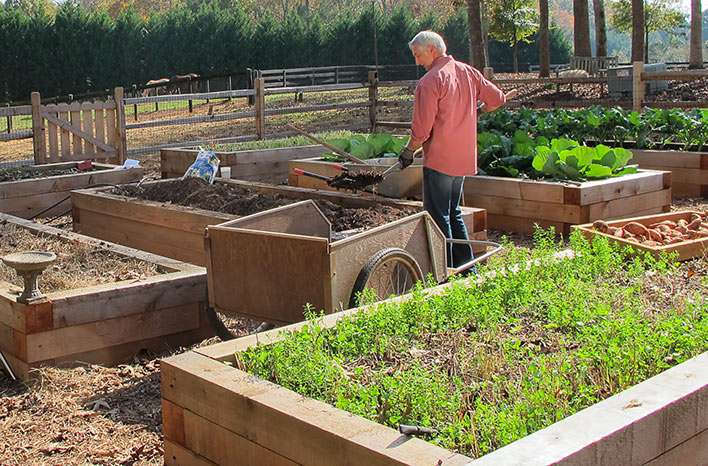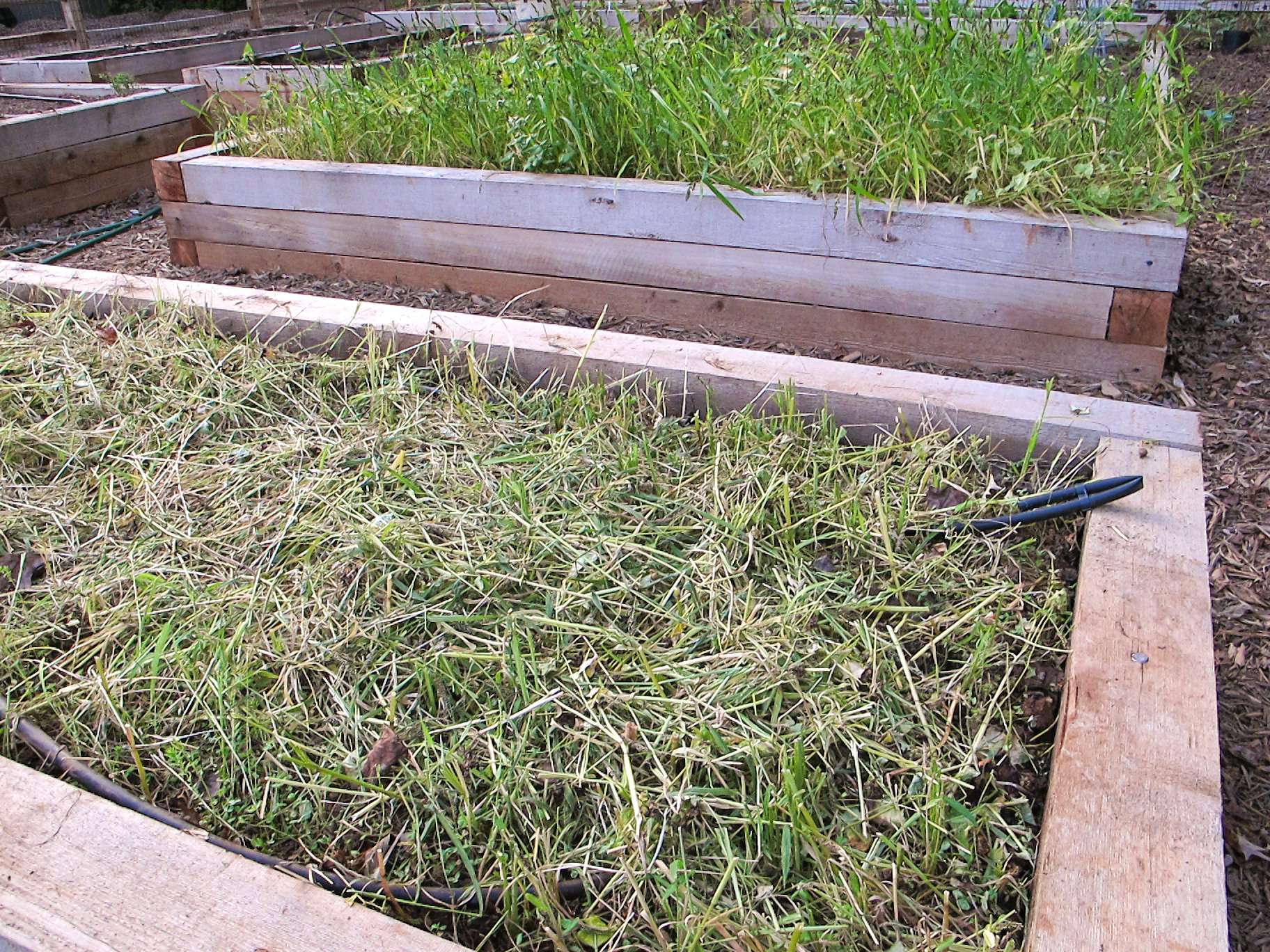If you’re looking to take your raised garden beds to the next level, consider the benefits of cover crops. These crops offer a range of advantages, from preventing erosion to improving soil fertility. With different cover crops suited for different types of crops and bed sizes, there’s a wealth of options to choose from. Crimson clover, fava beans, rye, oats, hairy vetch, buckwheat, garden peas, cowpea, barley, alfalfa, and winter wheat are recommended choices for your raised beds. However, timing is crucial, as cover crops should be incorporated into the soil once they have grown. To further enhance your garden beds, ground covers like straw, wood chips, compost, or shredded leaves can be used. Get ready to optimize your raised bed gardening with these tips and materials!
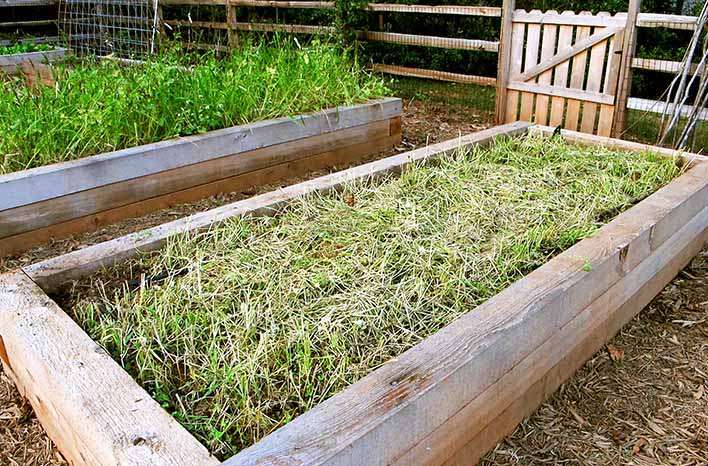
Benefits of Cover Crops for Raised Garden Beds
Cover crops are an essential tool for maintaining the health and productivity of raised garden beds. They offer numerous benefits, including preventing erosion, improving soil fertility, and enhancing the suitability of different crops and bed sizes. In this article, we will explore these benefits in detail and provide recommendations for cover crops, timing of planting, incorporation into the soil, the use of ground covers, popular cover crops for vegetable gardens, and materials for covering raised beds.
Preventing Erosion
One of the primary benefits of using cover crops in raised garden beds is their ability to prevent erosion. When heavy rains or strong winds occur, the soil in a garden bed can easily wash away or be blown off. This erosion not only leads to loss of soil but also takes away crucial nutrients that are essential for the growth of plants. By planting cover crops, you can create a protective layer that prevents soil erosion. The roots of these cover crops hold the soil in place, reducing the risk of erosion and preserving the integrity of your garden bed.
Improving Soil Fertility
Cover crops also play a vital role in improving soil fertility. When plants grow, they absorb nutrients from the soil. However, not all of these nutrients are used by the plants, and some may be lost through leaching or evaporation. This can result in nutrient depletion in the soil over time. By planting cover crops, you can add organic matter back into the soil and replenish these lost nutrients. As cover crops grow, they accumulate nutrients in their roots and leaves. When they are incorporated into the soil, these nutrients are released, enriching the soil and making it more fertile.
Suitability for Different Crops and Bed Sizes
Cover crops come in a variety of species, each with its own unique characteristics and benefits. Some cover crops are better suited for specific types of crops, while others are more adaptable to different bed sizes. It is important to choose cover crops that complement the crops you plan to grow in your raised garden beds. Additionally, the size of your garden beds will also influence which cover crops are most suitable. By selecting cover crops wisely, you can maximize the benefits they provide and ensure the success of your crops.
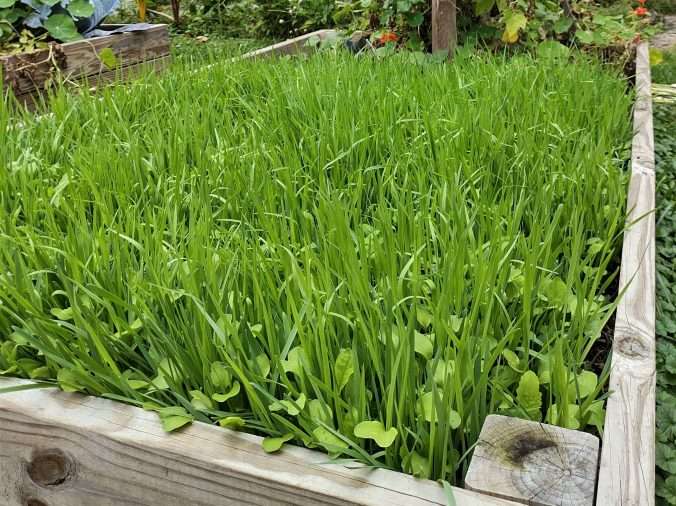
Recommended Cover Crops for Raised Beds
When it comes to cover crops for raised beds, there are several options that have proven to be effective. Crimson clover is a popular choice due to its ability to fix nitrogen in the soil and add organic matter. Fava beans are another excellent option, offering nitrogen fixation and weed suppression. Rye and oats are versatile cover crops that provide excellent erosion control and weed suppression. Hairy vetch is known for its ability to fix nitrogen and enrich the soil. Buckwheat is a fast-growing cover crop that attracts beneficial insects and adds organic matter. Other recommended cover crops include garden peas, cowpea, barley, alfalfa, and winter wheat, each with their own unique benefits for raised beds.
Timing of Planting Cover Crops
The timing of planting cover crops is crucial for their success. They should be sown in the garden beds after the main crops have been harvested or before planting the new crop. This allows the cover crops to grow and establish themselves without competition from other plants. Timing will vary depending on the specific cover crop and the region in which you are gardening. It is important to research and understand the optimal planting time for each cover crop to ensure optimal results.
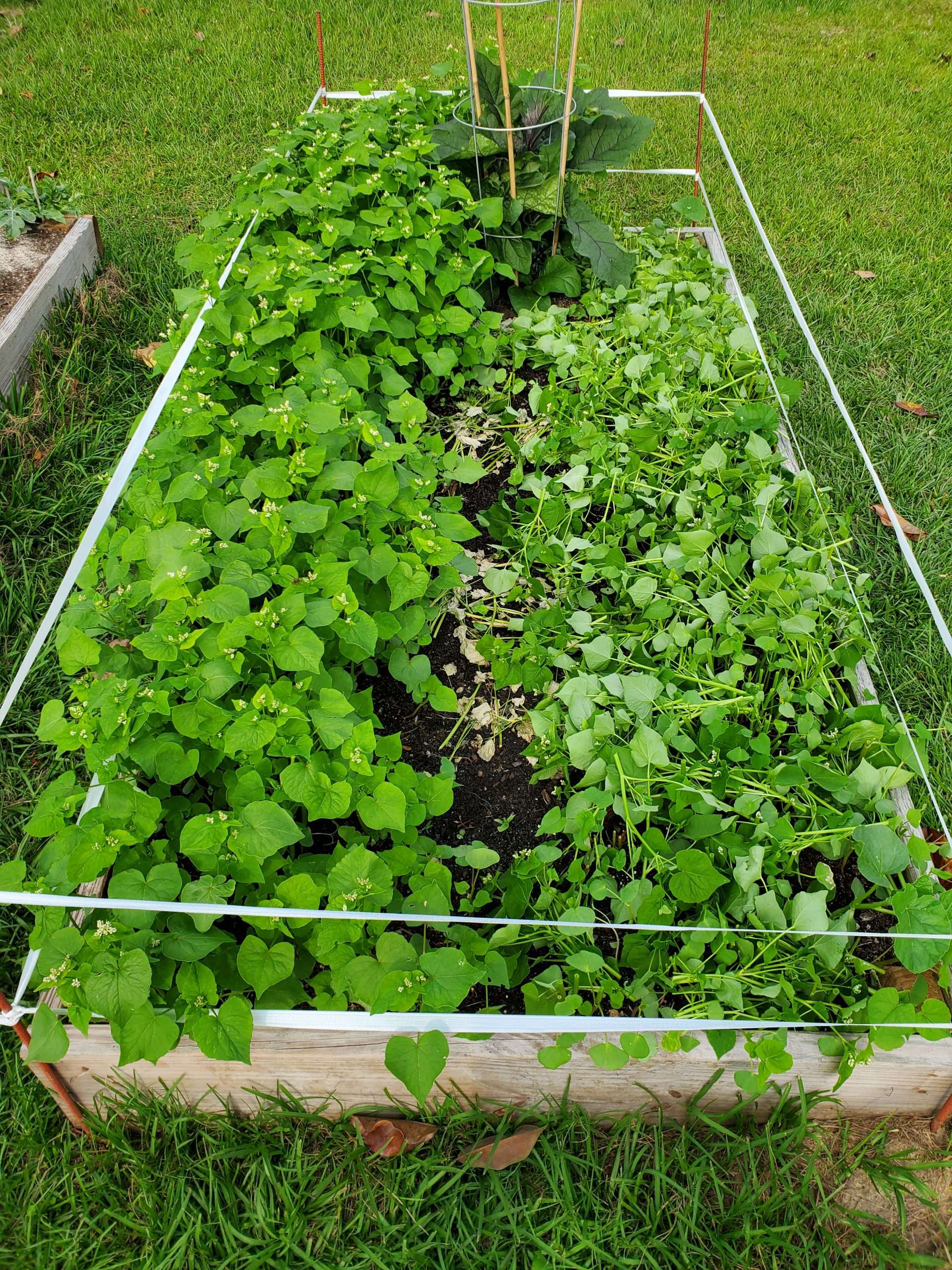
Incorporation into the Soil
Once cover crops have grown and served their purpose, it is important to incorporate them into the soil. This involves cutting or mowing the cover crops and mixing them into the top few inches of the soil. This process allows the cover crop residues to decompose and release the nutrients they have accumulated back into the soil. Incorporation can be done manually using a garden fork or by using a garden tiller. The cover crop residues can also be left on the soil surface as a mulch, providing additional benefits such as moisture retention and weed suppression.
Using Ground Covers in Raised Bed Gardens
In addition to cover crops, ground covers can also be used in raised bed gardens to enhance soil health and productivity. Ground covers such as straw, wood chips, compost, or shredded leaves can be spread over the soil surface around the plants. These ground covers offer several benefits, including moisture retention, weed suppression, and temperature regulation. They also help to improve soil structure and fertility by gradually breaking down and adding organic matter to the soil. When selecting ground covers, it is important to choose materials that are free from seeds or chemicals that could be harmful to your plants.
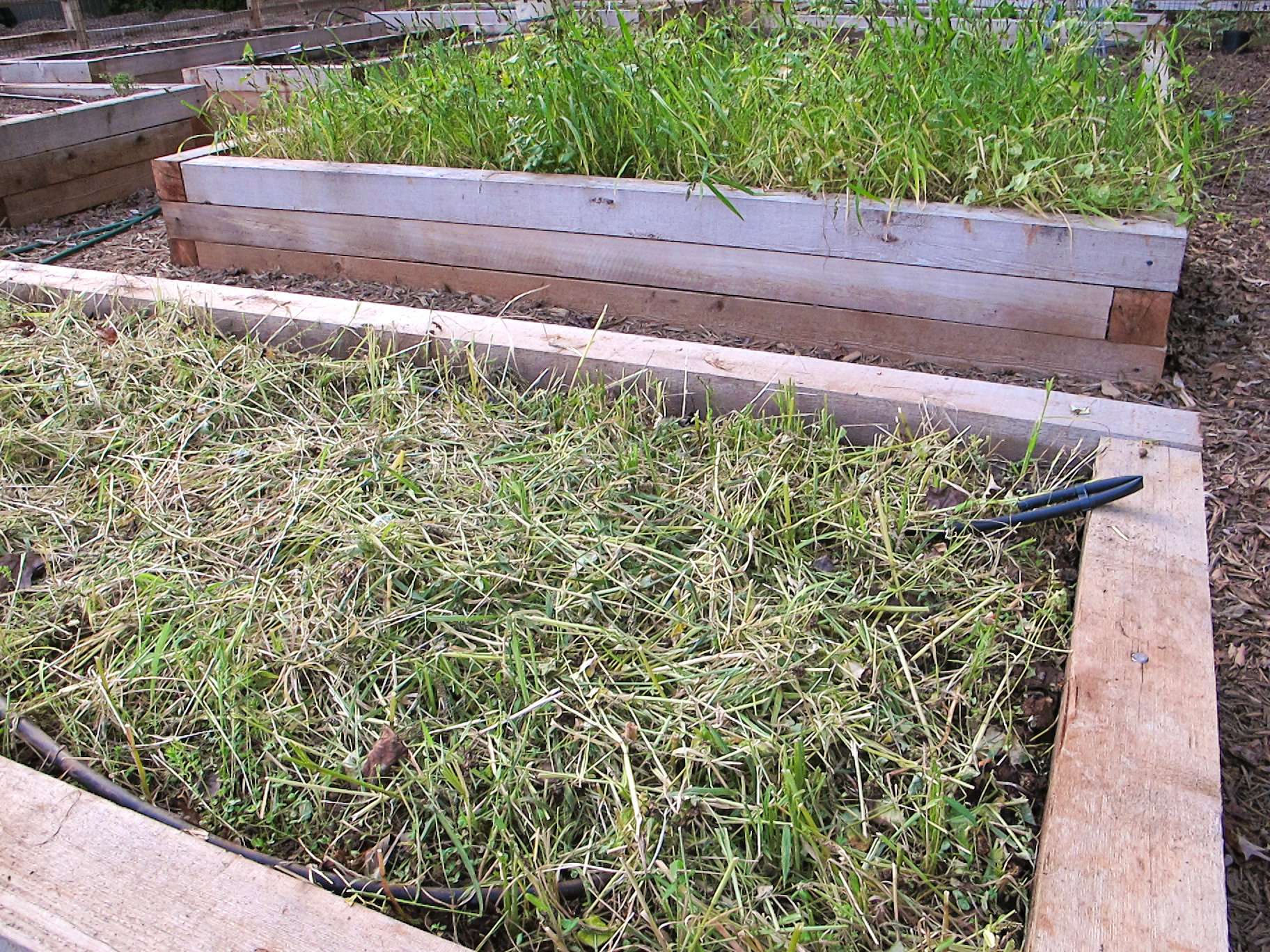
Popular Cover Crops for Vegetable Gardens
Cover crops are particularly beneficial for vegetable gardens. They not only contribute to soil health but also provide additional benefits such as pest control, weed suppression, and attracting beneficial insects. Some popular cover crops for vegetable gardens include clover, which fixes nitrogen and suppresses weeds, and buckwheat, which attracts pollinators and improves soil structure. Field peas are another excellent choice, offering nitrogen fixation and weed suppression. Winter rye is a versatile cover crop that can be used in vegetable gardens to control erosion, suppress weeds, and add organic matter.
Materials for Covering Raised Beds
When it comes to covering raised beds, various materials can be used to protect and enhance their productivity. Garden fabric is a popular option as it allows for airflow while preventing weed growth and conserving moisture. Plastic sheeting can also be used to cover raised beds, providing protection from the elements and creating a mini-greenhouse effect. Straw is another commonly used material for covering raised beds, as it offers insulation, weed suppression, and moisture retention. When choosing materials for covering raised beds, it is important to consider factors such as climate, desired level of protection, and aesthetics.
In conclusion, cover crops are a valuable tool for maintaining the health and productivity of raised garden beds. They offer a range of benefits including erosion prevention, improved soil fertility, and suitability for different types of crops and bed sizes. By choosing the right cover crops, planting at the appropriate time, and incorporating them into the soil, you can maximize their benefits and ensure the success of your garden. Additionally, the use of ground covers and the selection of suitable materials for covering raised beds further contribute to the overall health and productivity of your garden.
